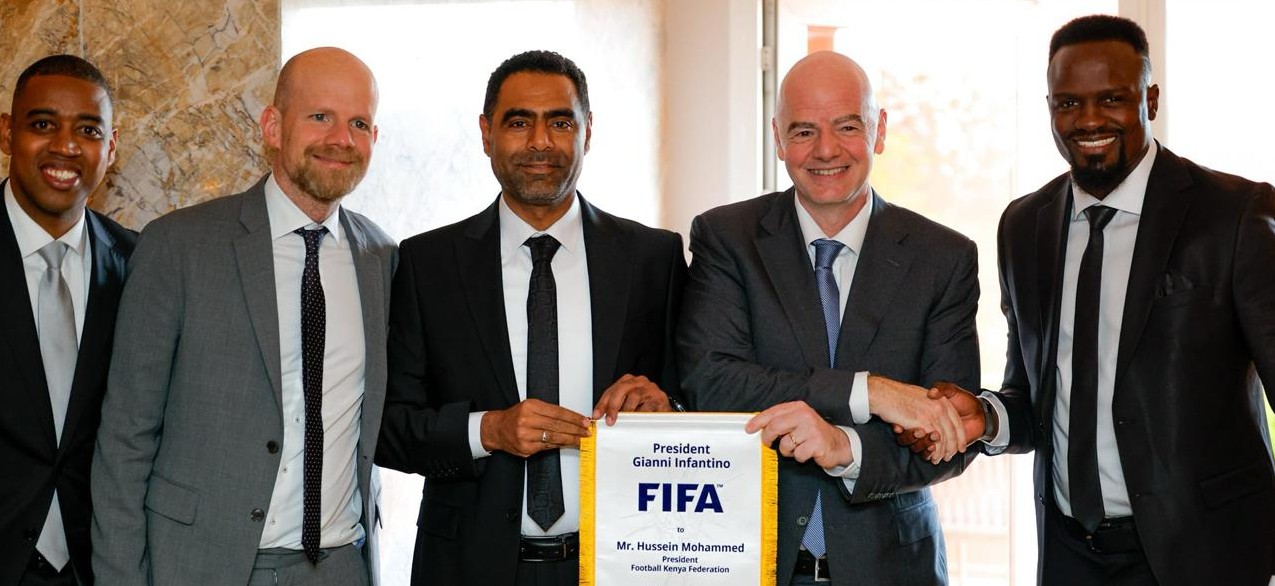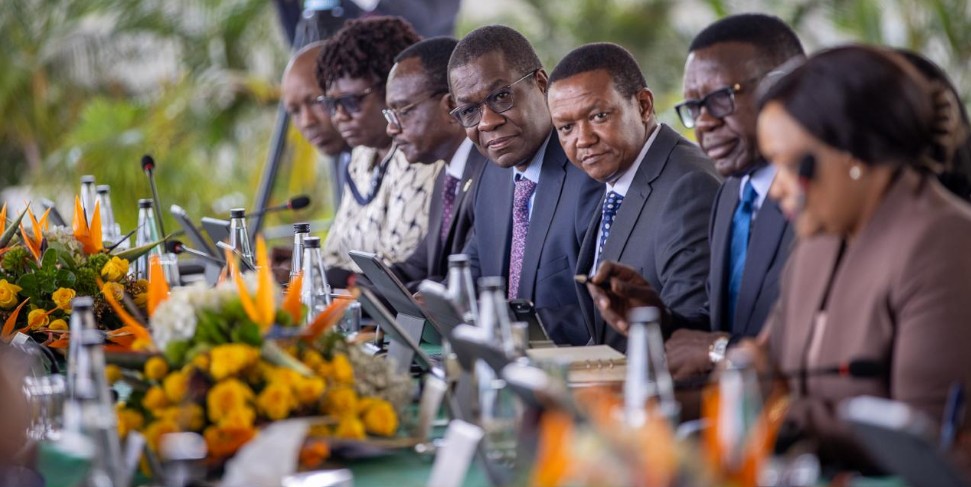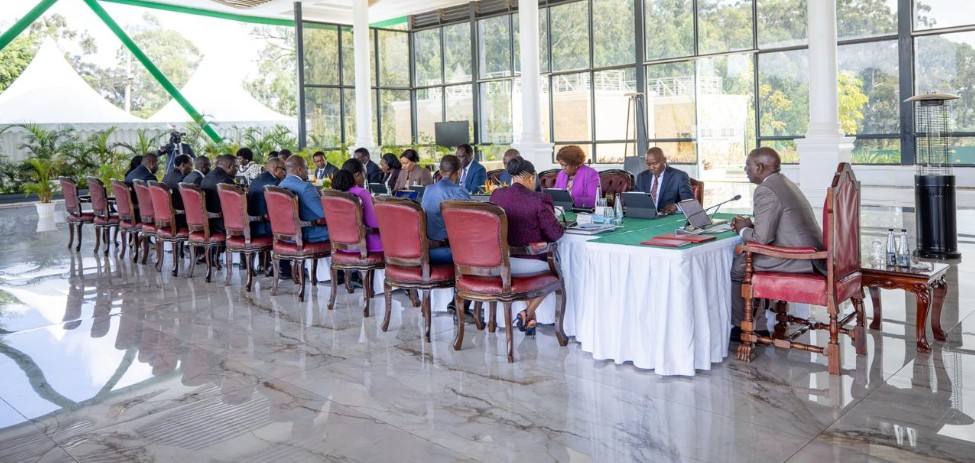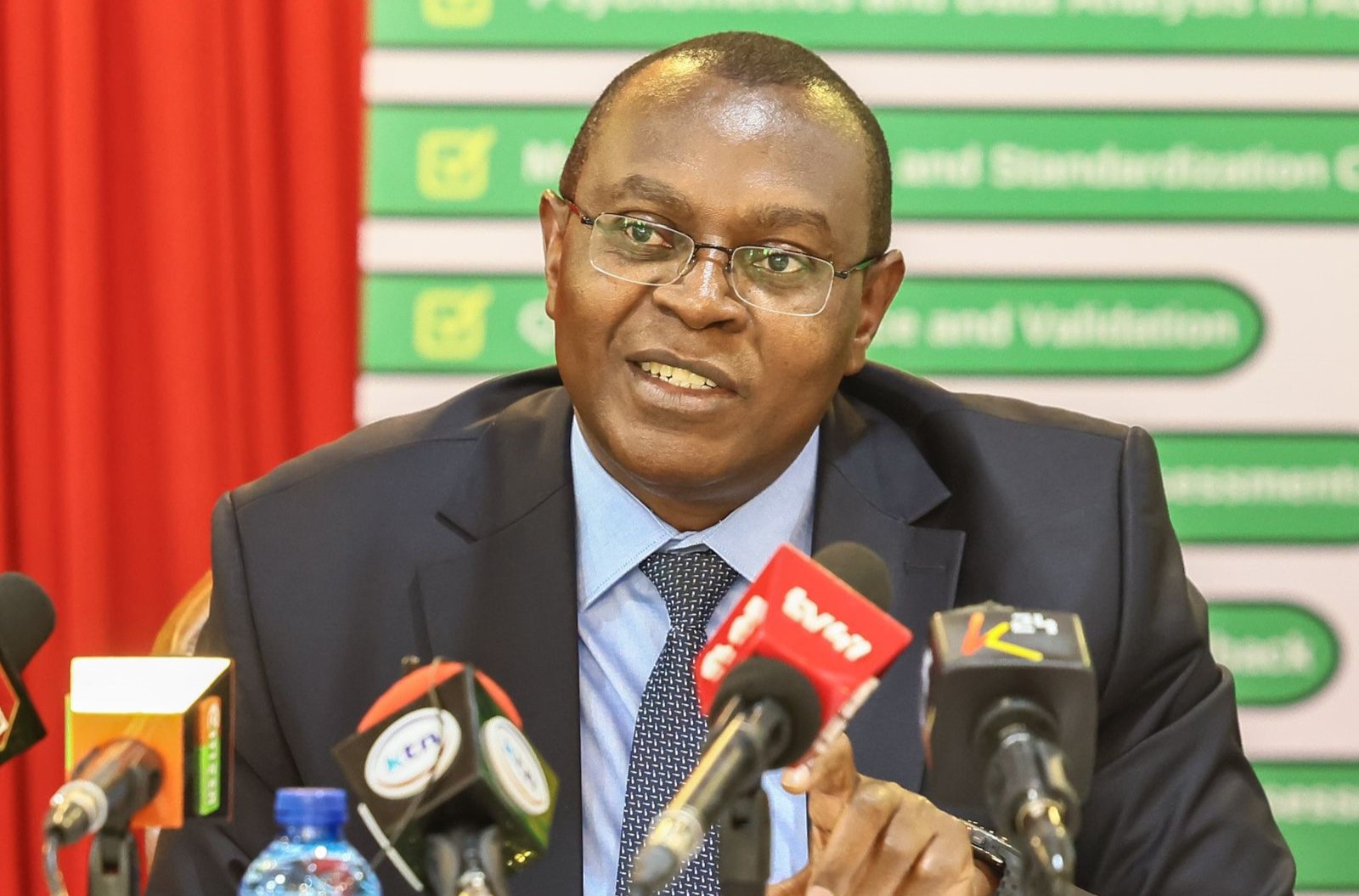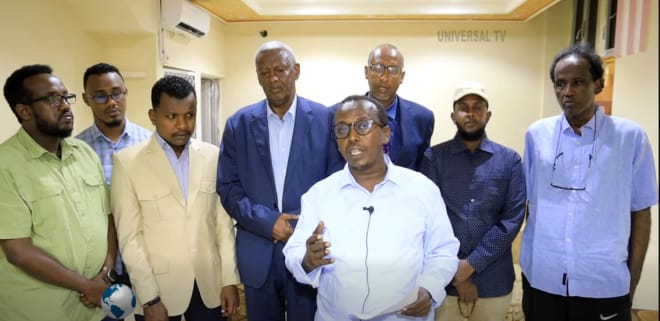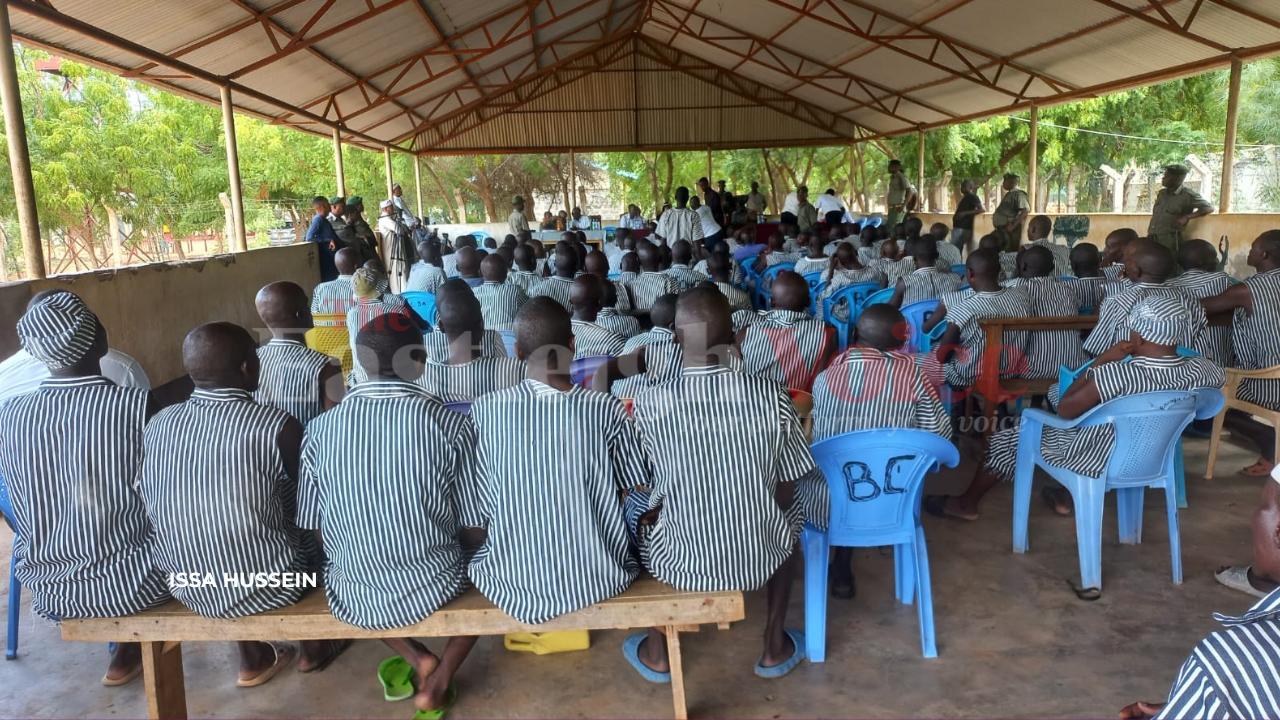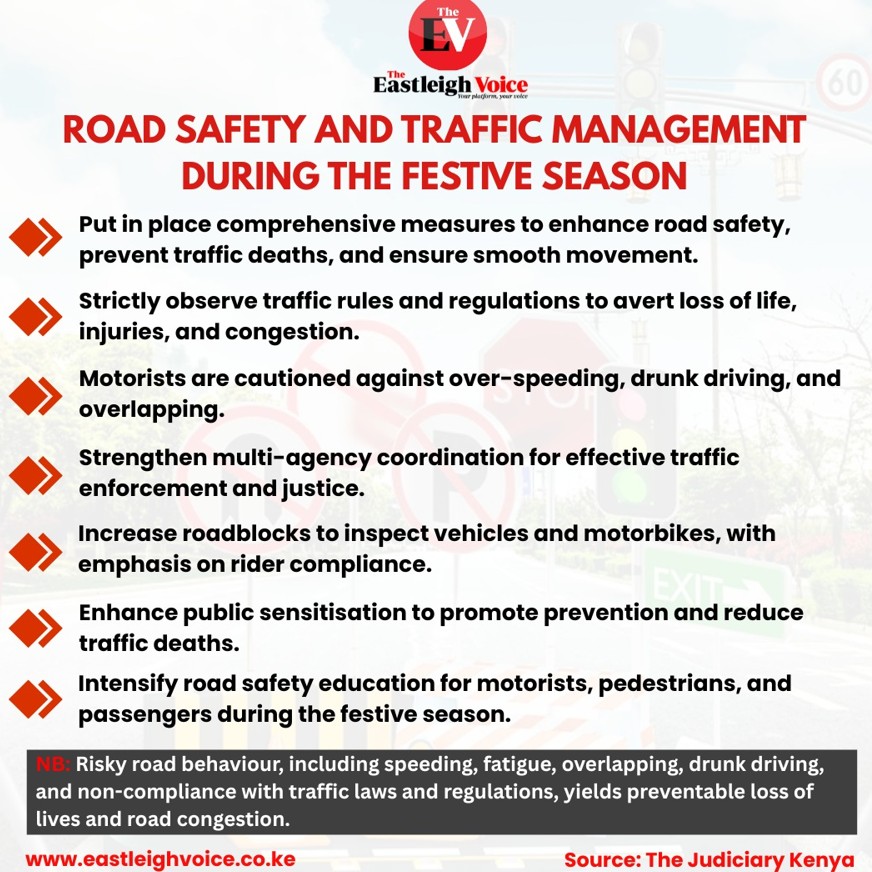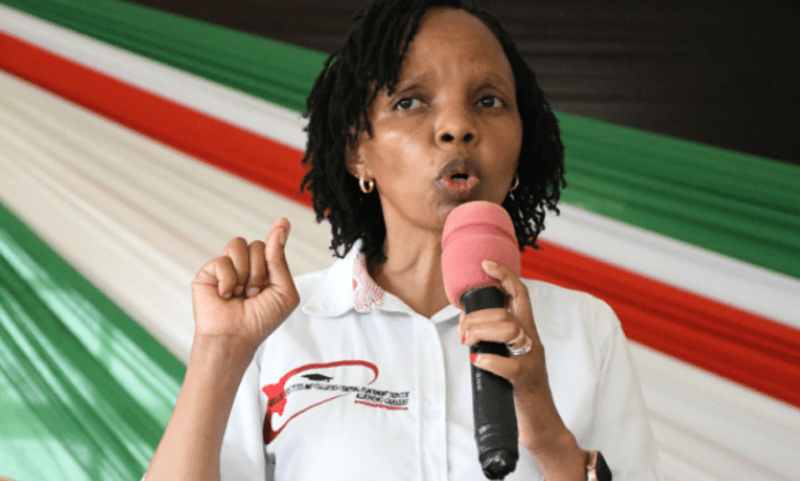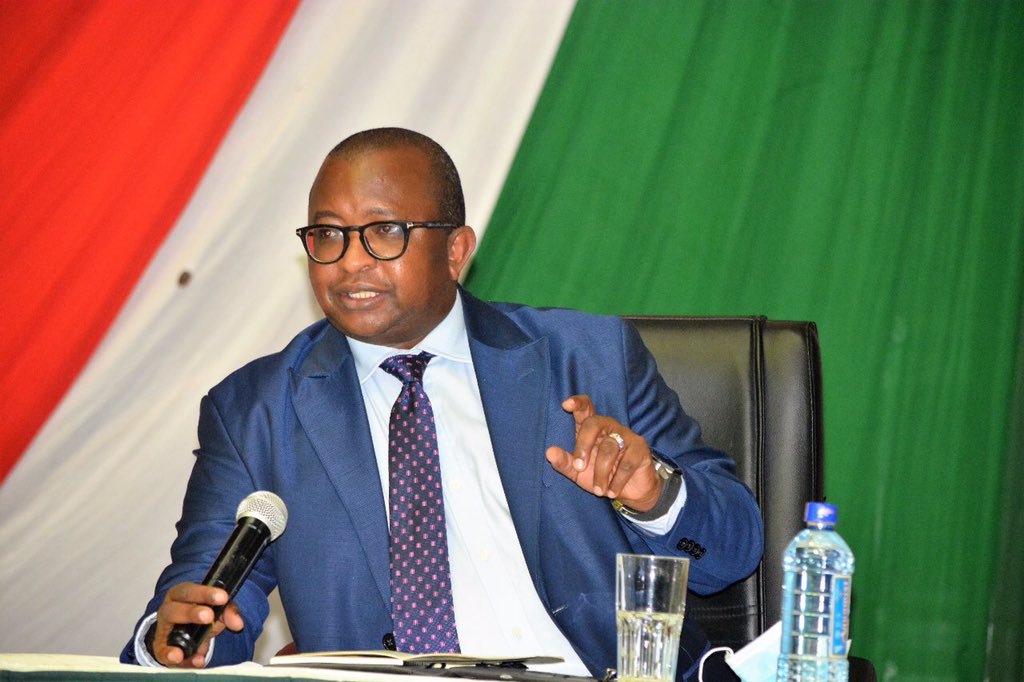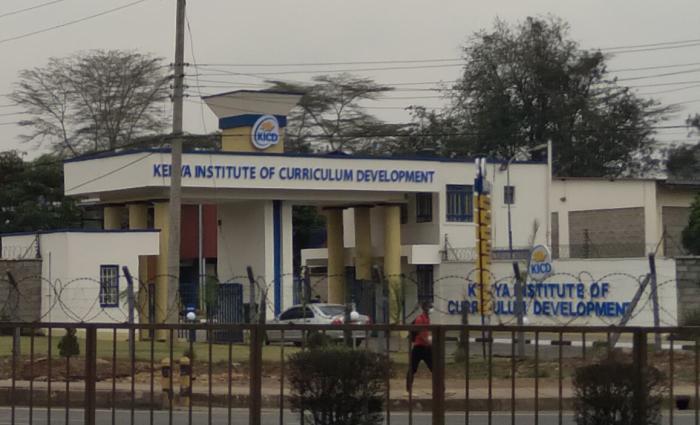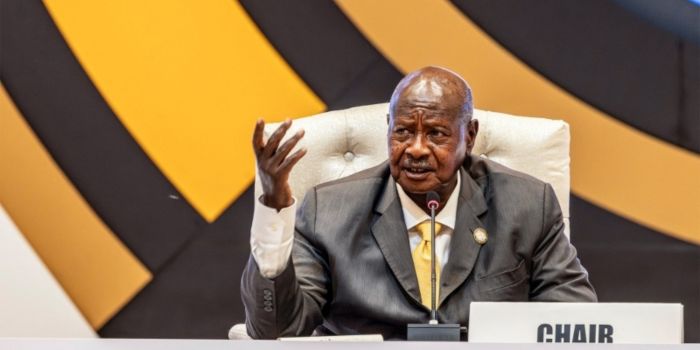Symbolism over true actions: Why Kenya's disability inclusion progress stagnates
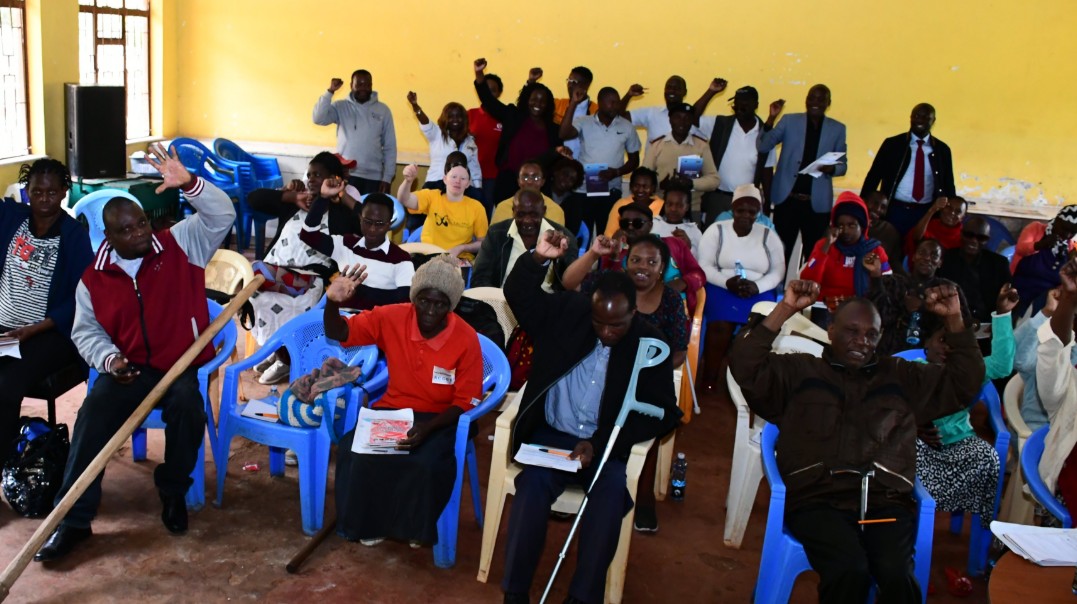
UNDP says individuals with disabilities in the country continue to face significant challenges in accessing essential services, securing employment and participating fully in society.
Kenya's efforts toward disability inclusion are largely symbolic, with minimal actions taken just to meet international standards and avoid criticism.
This is according to the status update on disability inclusion by the United Nations Development Programme (UNDP), which says the approach is the main reason there is no substantial progress in the country’s disability inclusion efforts.
More To Read
- Less than 40 per cent of counties cover health costs for persons with disabilities - report
- Senate demands swift compliance with disability access in public offices
- Only 4 per cent of public institutions meet disability hiring quota - survey
- Persons with Disabilities Act 2025 explained: Mocking PWDs punishable by law
- KNCHR threatens legal action amid outrage after social media trend ridicules Raila Odinga Junior
- MPs push for faster completion of disability equipment factory to improve access to learning materials
The agency reckons that, despite the progress made in advancing disability inclusion over the past decade, individuals with disabilities in the country continue to face significant challenges in accessing essential services, securing employment, and participating fully in society.
“Kenya’s journey towards disability inclusion remains hindered by systemic socio-economic and cultural barriers that reinforce the exclusion of persons with disabilities from essential services, employment and full societal participation,” the report reads.
“Actual integration into the workforce remains low. In 2023, only 41 per cent of individuals with disabilities in the labour force were integrated into the national workforce, resulting in the symptoms of tokenistic approaches rather than meaningful inclusion.
Tokenism, in this case, refers to the practice of making a superficial or symbolic effort to include the disabled to create the appearance of diversity and inclusion without making meaningful changes or addressing the systemic issues that affect these groups.
Cultural stigma
The report identifies cultural stigma as a significant challenge that individuals with disabilities face, yet it remains inadequately addressed.
Deeply rooted in historical beliefs that view disability inclusion as a societal burden, they say the issue continues to marginalise individuals with disabilities, especially women and rural populations.
The 2019 Census outlines that nearly 80 per cent of persons with disabilities reported feeling excluded from civic engagement, and in 2023, 45.7 per cent of them remained in poverty, significantly above the national poverty rate.
Between 2019 and 2023, the report adds that up to 59 per cent of persons with disabilities in the labour force were excluded from the national workforce, resulting in a Sh6 billion Gross Value Added (GVA) loss to the GDP, underscoring the urgent economic cost of exclusion.
Fragmentation among disability-focused organisations, insufficient funding, inadequate evidence for planning, and data for tracking and reporting are further key issues that are said to be complicating efforts to mainstream disability inclusion.
Whole of society approach
The agency therefore says that for Kenya to realise its Vision 2030 goals and align with the United Nations Sustainable Development Goals (SDGs) and "Leave No One Behind" (LNOB) agenda over the next six years, disability inclusion strategies must shift from a charity-based model to a "whole of society approach" centred on economic empowerment and participation at every level.
Notably, in response to global calls for action, the agency acknowledges that Kenya has made strides in advancing disability inclusion.
These include progressive policies and actions such as Kenya’s ratification of the United Nations Convention on the Rights for Persons with Disabilities, Kenya’s Persons with Disabilities Act (2003), and Kenya’s Constitution mandating affirmative actions of a five-cent employment quota for persons with disabilities across public and private institutions.
Others are the 30-cent access to government procurement opportunities for disadvantaged groups, including persons with disabilities; the establishment of the National Council for Persons with Disabilities in 2004; and Kenya’s consistent social protection programming and financing targeted at persons with disabilities, among others.
Top Stories Today
